A look behind the scenes at Rogue Farms
written by Jeremy Storton
The sun had not yet risen to its peak in the late summer sky, but it was already getting warm. From far off I could see the unmistakable outline of hop bines reaching into the sky like beanstalks. The faint smell of tractor diesel and hop resin greeted me when I arrived. I came to Rogue Farms in Independence to witness, firsthand, a hop harvest and see where my beer comes from. Somehow I found myself staring nose to snout with two pigs named Voo and Doo, named for the Portland doughnut shop that made bacon maple bars famous. And to think, none of this would exist without Rogue Nation’s desire to dare, risk and dream.
Kyle Ward, the farm’s tasting room manager, walked me through rows of hops that stood 20 feet tall. As if introducing me to his good friends, he shared a little of their story.
Oregonians have grown hops since before Oregon became a state in 1859. Around the turn of the twentieth century, the area surrounding Independence was the “Hop Center of the World.” is is because hops grow best within the hop belt at 35 to 50 degrees latitude. Rogue Farms sits right in the sweet spot, at 44 degrees. These days, Oregon is no longer the primary hop producer, but along with Idaho and especially Washington, the Northwest dominates the country’s hop production. Compound this with the fact that Oregon State University has been pioneering hop research since the 1930s. Dr. Alfred Haunold continued the work at OSU in the ’70s, ’80s and ’90s and created some of the most prolific and iconically American hops still used today. This inspired Rogue to grow its own hops, but it was disaster that spurred the brewery into action.
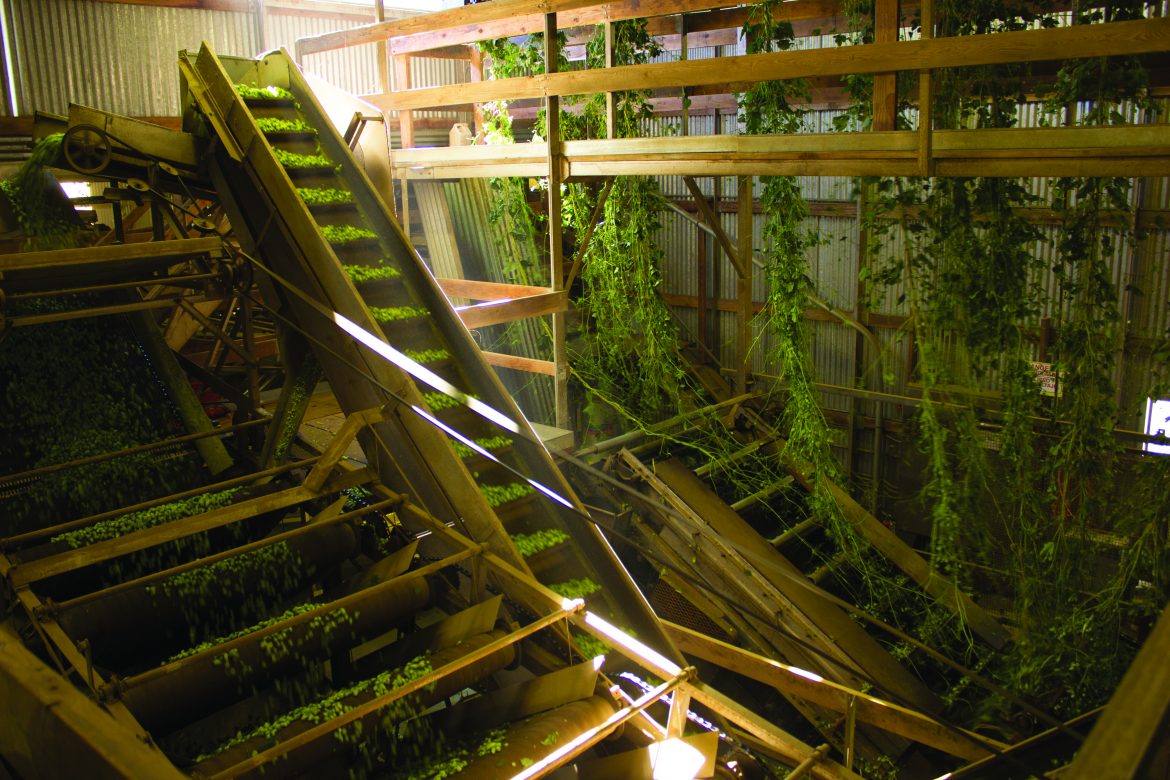
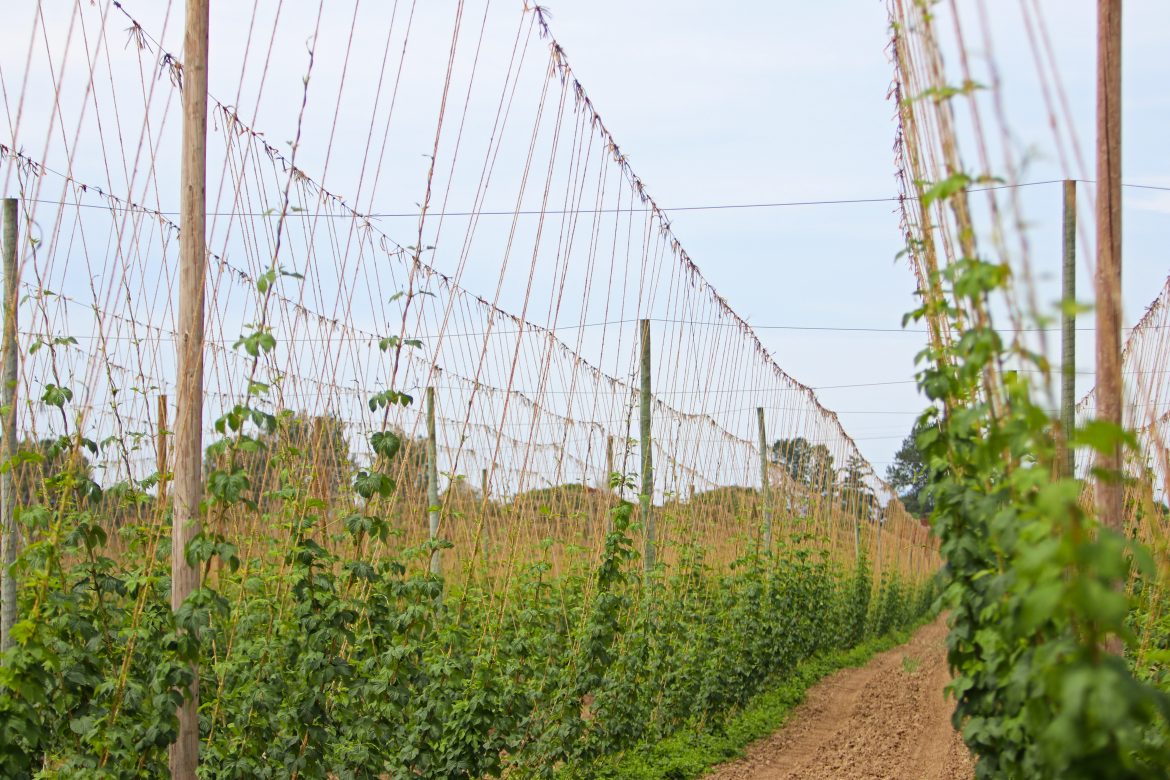
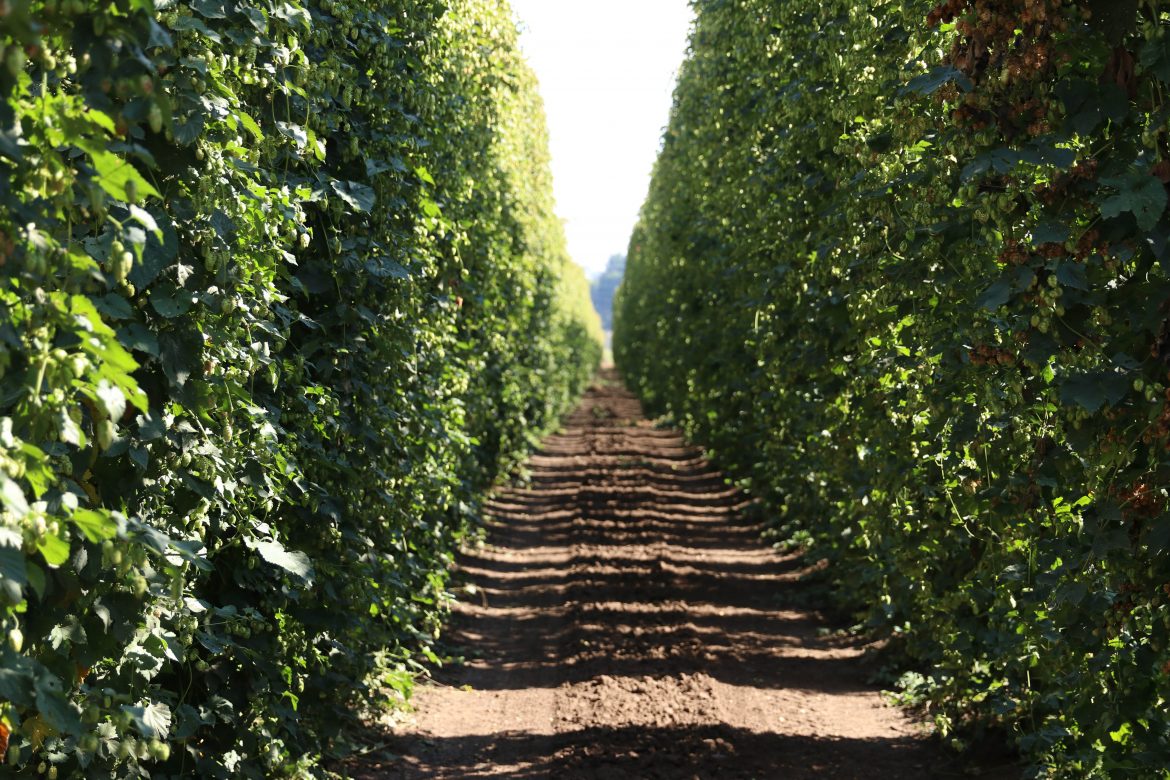
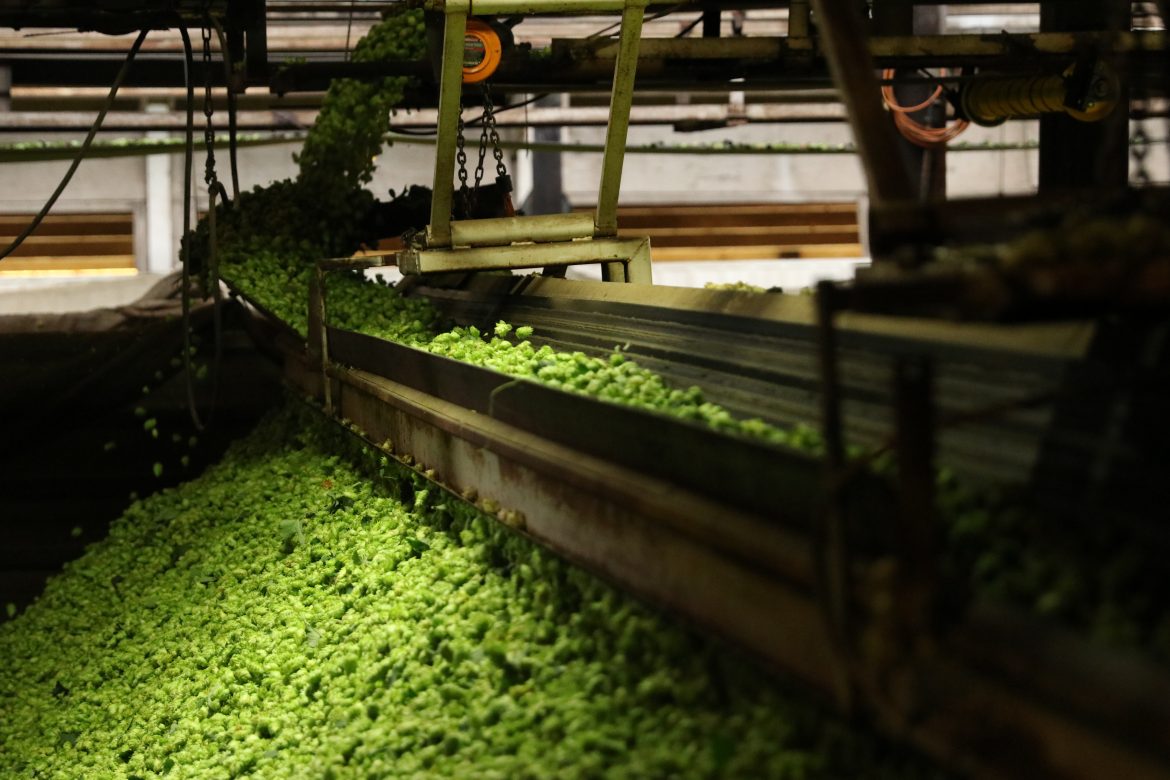
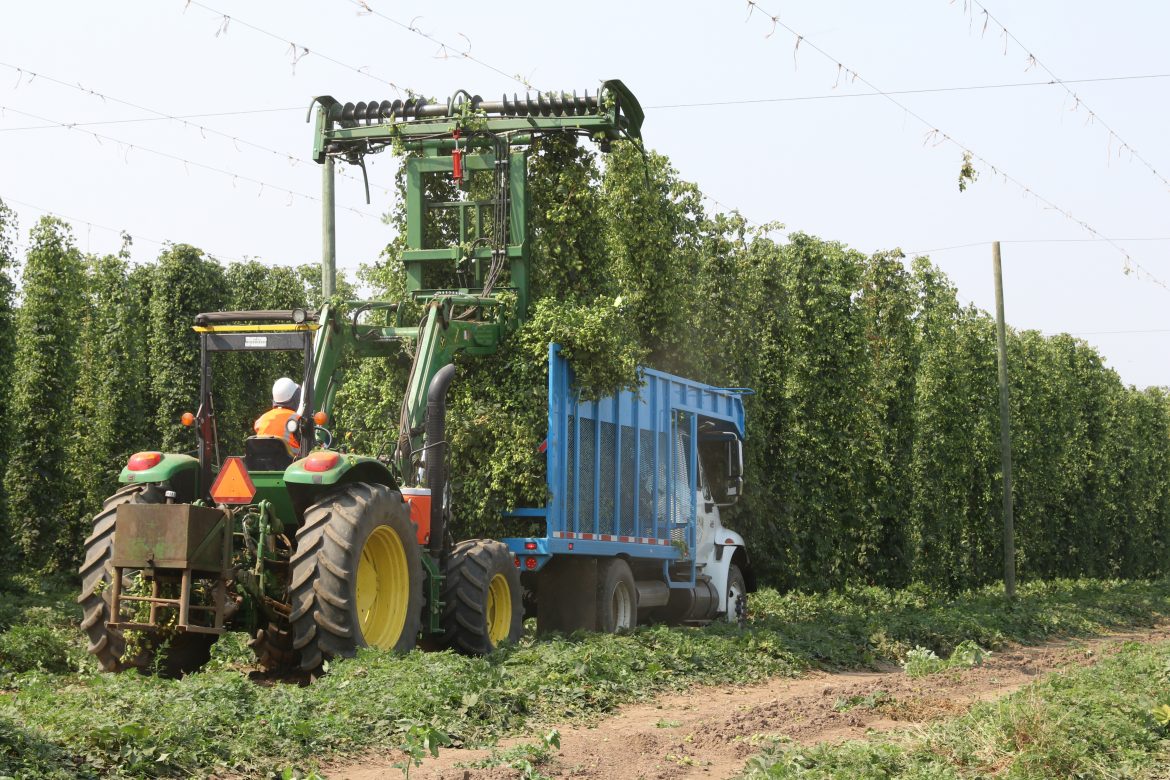
photos courtesy of Rogue Ales & Spirits
In 2006, a hop storage facility in Yakima, Washington, caught fire and quickly decimated 4 percent of the entire nation’s hop supply. Not long after, hail storms in Germany destroyed even more hops, which quadrupled the price of what remained. Brewers did what was necessary. “There was a massive shortage,” Rogue’s head brewer, John Maier, told me. “We were buying Cascades from Argentina for awhile. Totally different hop.”
Prompted by this desperate time and in keeping with its credo of Dare, Risk and Dream, Rogue Brewery decided it needed to get into the farming biz. Growing its own ingredients would be substantially more costly and without guarantee of success. By doing so, however, it could control its supply chain, its costs and its destiny. “We know what the risks are,” Ward said, “but we do it anyway.” Rogue Farms now leases 200 acres of farmland. Fifty- two of those are dedicated to growing ten proprietary hops. The rest of the acreage goes to hazelnuts, pumpkins, cucumbers, jalapeños, marionberries, corn, honey bees, raptor nests, and of course, two pigs.
After entertaining Voo and Doo, Ward and I ate lunch in the shadow of the hops. I washed mine down with the 7 Hop IPA, named for using seven of the ten hops grown on the farm. Meanwhile, tractors drove through the hop bines like a car wash. I watched as Ward gave me a play by play of what was happening. The tractors sliced the tops and laid them over trucks that then drove the bines to the picker, a machine with rotating claws that separates hop cones from hop bines. The freshly liberated cones are taken to another part of the musty wooden building to dry in vast fields of green above giant furnaces. The sweltering heat and humidity blasted us as we watched the dried hops travel along a conveyor to a building next door to wait their turn—either for further processing into pellets or simply to be baled and sent to brewers. Ward and I wandered back to the tasting room for another beer and to discuss how the hops, the pigs and the rest of the farm weave together to create an experience in a glass.
Many brewers dream of having ground-to-glass control over their beer, which winemakers take for granted. Few breweries are intimately involved with ingredient production. For Rogue Nation, it is another day in the life.
Rogue simply wanted to make better beer by creating a farm to grow better ingredients. For Maier, it is a place to connect with the land and conjure inspiration for the next idea. While the pigs are safe from the ingredient list, beer drinkers can pick up one of myriad creations and taste the hops, the honey, the pumpkins or the peppers that all grew up in the same neighborhood.
I left the farm. As I watched the bines shrink in the distance, I thought about how Maier explained the whole farming thing with a simple statement. “It’s kind of cool to grow your own stuff.”
Did you like this article? Check out more of 1859 Oregon’s Magazine!


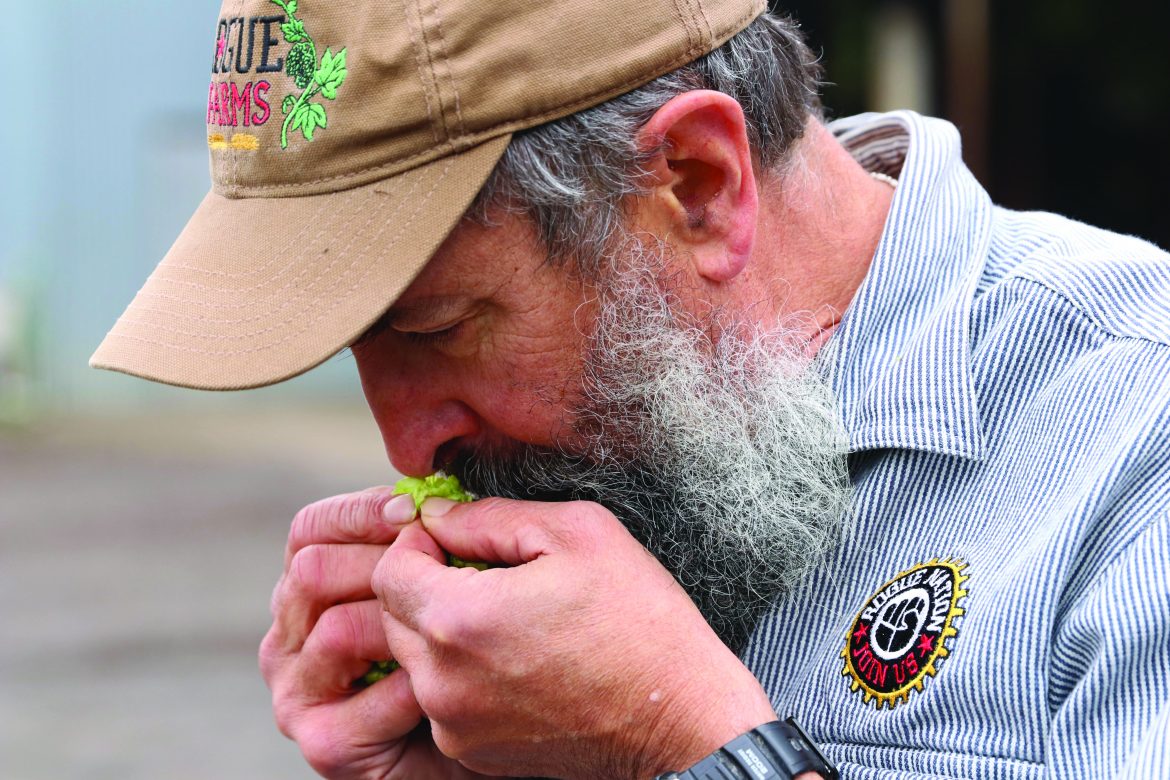
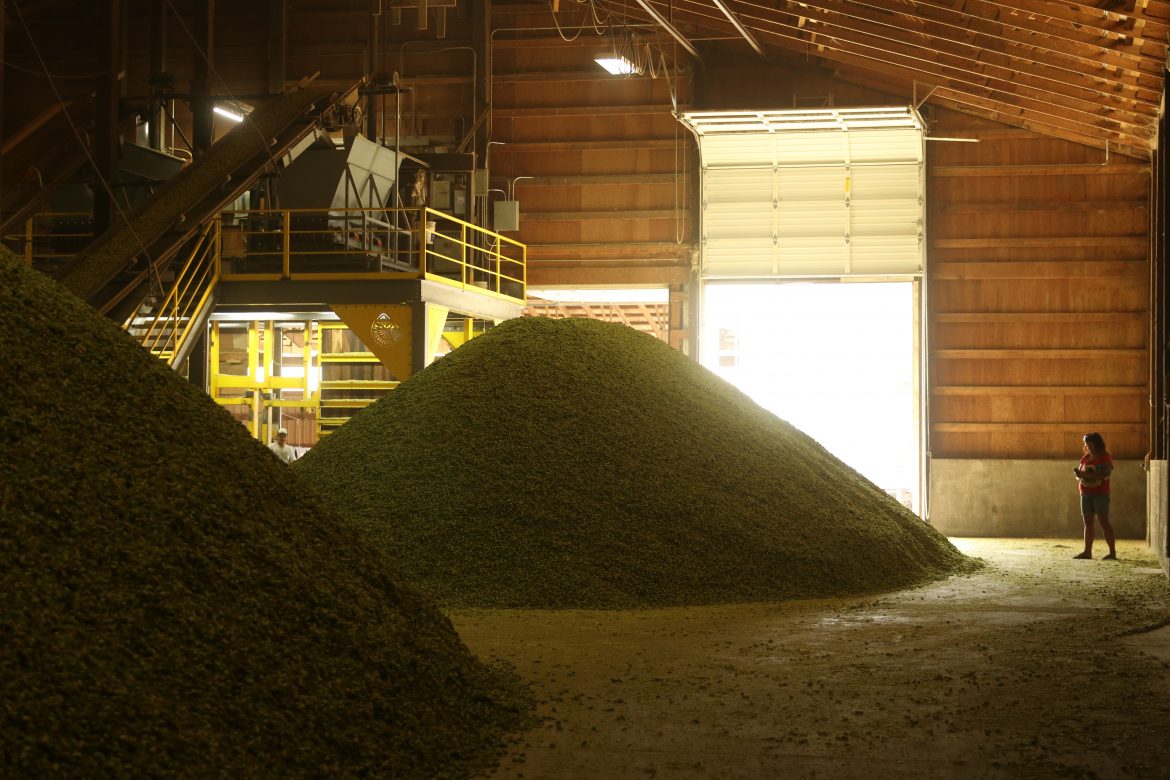
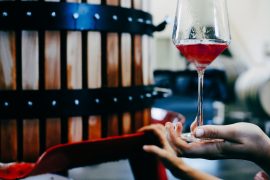


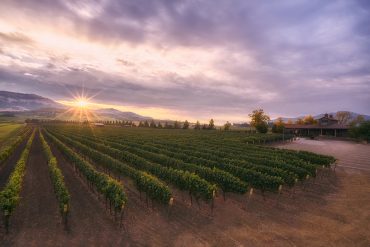



Rogue Farms?? That’s Coleman!